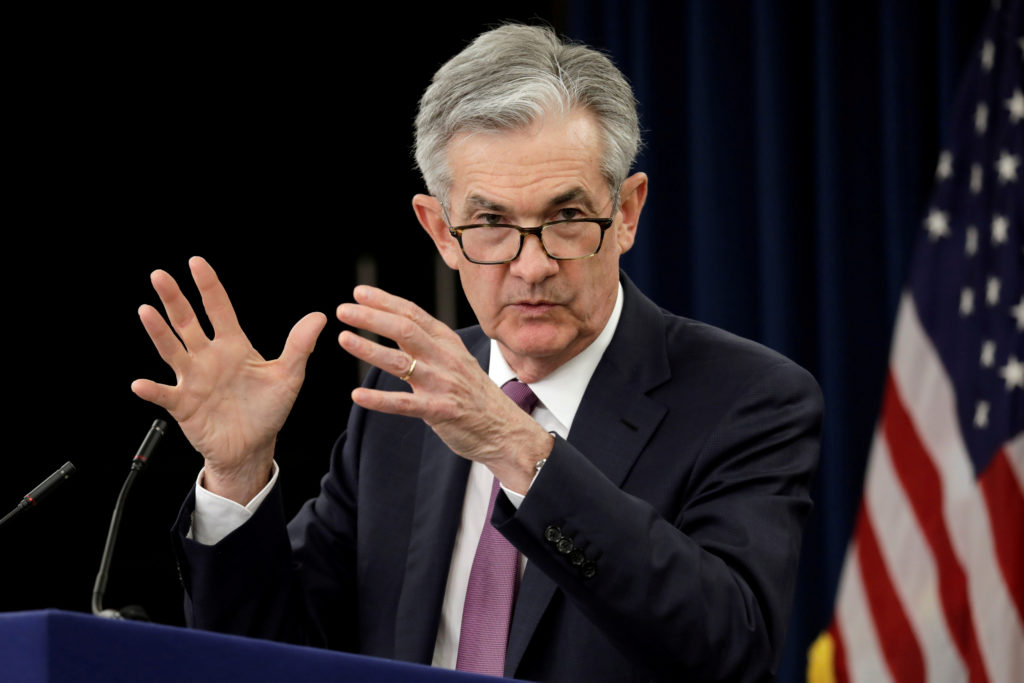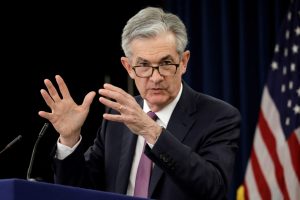Join Our Telegram channel to stay up to date on breaking news coverage
Federal Reserve Chairman Jerome Powell recently acknowledged stablecoins as a form of money and emphasized the need for robust oversight in their operations.
This recognition marks a significant step forward in the evolving landscape of digital currencies and highlights the growing importance of stablecoins in the global financial system. We will delve into the implications of Powell’s statement and explore the potential impact on the regulatory framework surrounding stablecoins.
Stablecoins are a type of cryptocurrency designed to minimize price volatility by pegging their value to a reserve asset, such as a fiat currency like the US dollar or a basket of commodities. This pegging mechanism provides stability and makes stablecoins an attractive medium of exchange and store of value in the digital realm.
They offer the potential to bridge the gap between traditional financial systems and the decentralized world of cryptocurrencies, enabling faster and more efficient transactions on a global scale.
Recognition by the Federal Reserve
Chairman Jerome Powell’s acknowledgment of stablecoins as a form of money signifies a significant shift in the perception of these digital assets. Previously, stablecoins were often viewed as a niche product within the cryptocurrency ecosystem, but their increasing adoption and market capitalization have prompted regulators to take a closer look.
During a recent congressional hearing, Powell stated that stablecoins have the potential to become systemic in importance and therefore warrant robust oversight by regulatory authorities. He emphasized balancing innovation, protecting consumers’ interests, and maintaining financial stability.
Recognizing stablecoins as a form of money presents both opportunities and challenges for regulators. Stablecoins can enhance the efficiency and accessibility of cross-border transactions, promote financial inclusion, and drive innovation in the financial sector.
On the other hand, they pose risks related to consumer protection, financial stability, money laundering, and illicit activities.
To address these concerns, Powell highlighted the importance of establishing a clear regulatory framework that ensures appropriate oversight, transparency, and safeguards against potential risks. He emphasized the need for collaboration among regulatory agencies, both domestically and internationally, to develop comprehensive rules and regulations governing stablecoins.
The role of the Federal Reserve in this process would be to provide leadership in coordinating and overseeing the regulatory framework. Powell stressed the importance of addressing the regulatory gaps surrounding stablecoins to ensure a level playing field and maintain public trust in the financial system.
Collaborative Efforts and International Cooperation
Given the global nature of stablecoins and the potential cross-border implications, international cooperation is crucial to developing effective regulatory frameworks. Powell acknowledged the significance of working with international partners, including central banks, to address the regulatory challenges associated with stablecoins.
Collaborative efforts can help establish consistent standards, enhance regulatory harmonization, and mitigate the risks of fragmentation in the global financial system.
Chairman Jerome Powell’s recognition of stablecoins as a form of money and the Federal Reserve’s desire for a robust oversight role highlights the increasing importance of these digital assets in the financial landscape.
The acknowledgment brings stability and credibility to the world of cryptocurrencies, fostering confidence among market participants and paving the way for more explicit regulatory guidelines.
As stablecoins continue to gain prominence, regulators must strike the right balance between innovation and consumer protection, while safeguarding financial stability.
The path forward lies in collaborative efforts among domestic and international regulatory bodies to establish a comprehensive regulatory framework that fosters innovation, ensures transparency, and mitigates potential risks associated with stablecoins.
By embracing this evolving technology and adapting regulatory frameworks accordingly, the financial industry can harness the benefits of stablecoins while minimizing the inherent risks they may pose.
Read more:
Join Our Telegram channel to stay up to date on breaking news coverage


